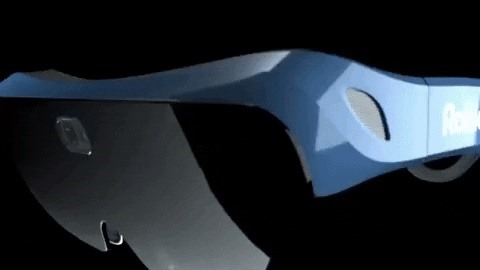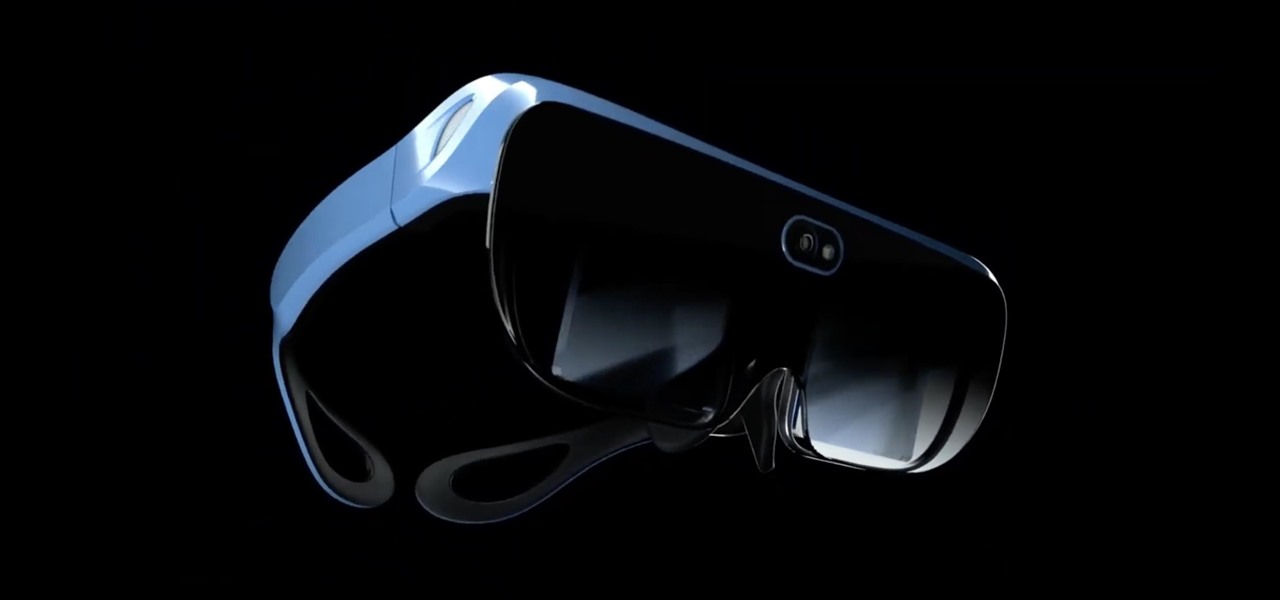Ever since China's Nreal unveiled its Light smartglasses at CES two years ago, an army of look-alikes have emerged from the Asian nation.
We can also count Rokid among the companies blazing a different trail with Rokid Glass and Rokid Vision, each owning a distinctive look.
During its recent Rokid Open Day virtual event conducted at its Hangzhou headquarters, the company revealed its next device, Rokid Vision 2, which follows in the footsteps of its predecessor with a unique look compared to its competitors.

While Nreal Light and other Chinese smartglasses makers have opted for variations on the Ray-Ban Wayfarers look, Rokid Vision 2 looks more like a cross between a slimmed-down HoloLens and Pit Viper sport goggles. While the original Vision also borrows from HoloLens with its adjustable headband, the sequel opts for traditional folding hinges and temples with flexible tips that wrap around the user's head.
Rokid's announcement is a little light on specifications, but the company revealed enough to compare and contrast with Nreal Light. Both devices have binocular lenses, but Rokid Vision 2 is capable of just 40 degrees field of view, or the equivalent of a 120-inch TV sitting about 13 feet away. Meanwhile, Nreal Light boasts 52 degrees field of view, which the company likens to a 220-inch screen, though it doesn't mention how far that metaphorical screen is. (By my calculations, it's about nine feet away.)


While Nreal Light packs dual depth sensors for six degrees of freedom (6DoF) spatial tracking plus a center-mounted RGB camera for capturing first-person photos and video, Rokid Vision 2 operates on a single RGB camera. However, despite the hardware handicap, Rokid is able to achieve 6DoF all the same.
Rokid and Nreal have both opted for tethering to external devices via USB-C connection to power their wearables. Both companies employ stereo microphones for voice input.

Matching Nreal, Rokid also provides developers with its own software development kit, SXR SDK, which is compatible with Android and Unity. Rokid has also developed its own sample apps that show off what its device can do. Fantasy World immerses users in a 360-degree space where they uses voice, head control, and gestures to interact with content, while Virtual City showcases 6DoF tracking to enable users to roam through another virtual scene. In addition, Holographic Cinema offers a virtual IMAX theater for viewing 2D, 3D, and 360-degree videos.
"Rokid is not only a company that creates products but also an interactive platform that integrates human, virtual and real worlds," says Mingming Zhu, CEO and founder of Rokid, in a statement. "XR is the next-generation platform that can perfectly integrate human-computer interaction through voice, vision, and display. It completely changes the ways we work, live, learn, and entertain. Rokid will continue to enable partners through innovative user interfaces and advanced products to reach more industries and consumers, ultimately reaching our mission to 'Leave Nobody Behind.'"
There's one other area where Rokid and Nreal are alike though: we have no idea when either will arrive stateside. While Nreal Light is available via KDDI in Japan and LG Uplus in South Korea, Rokid has not unveiled when its device will ship anywhere. Nonetheless, once it does arrive, you'll be able to tell it apart from the pack.
Just updated your iPhone? You'll find new features for Podcasts, News, Books, and TV, as well as important security improvements and fresh wallpapers. Find out what's new and changed on your iPhone with the iOS 17.5 update.























Be the First to Comment
Share Your Thoughts